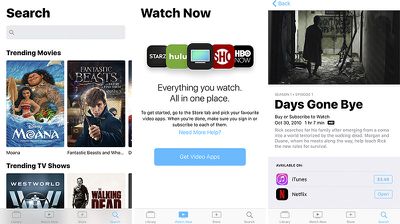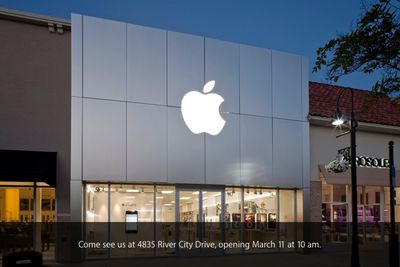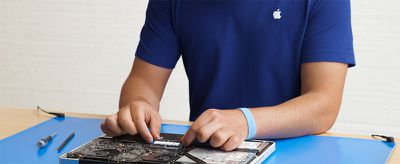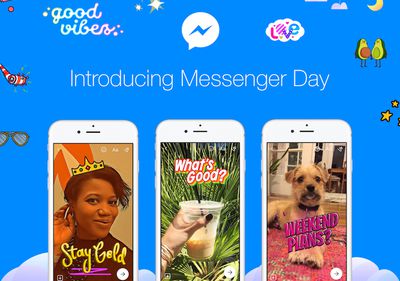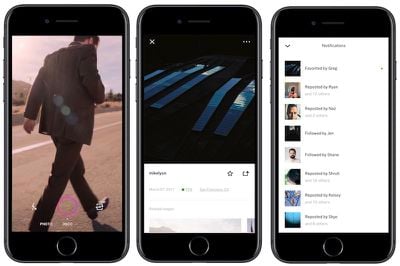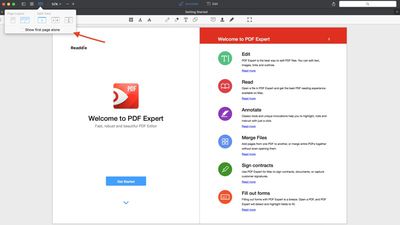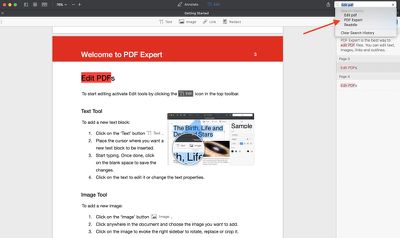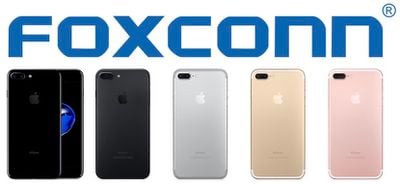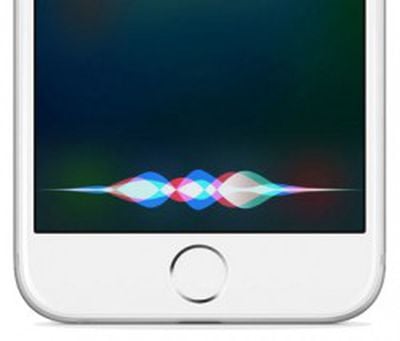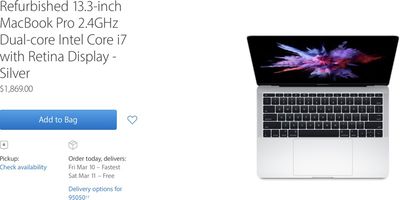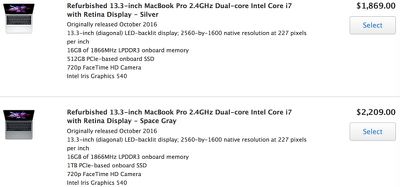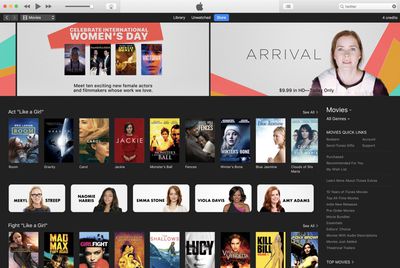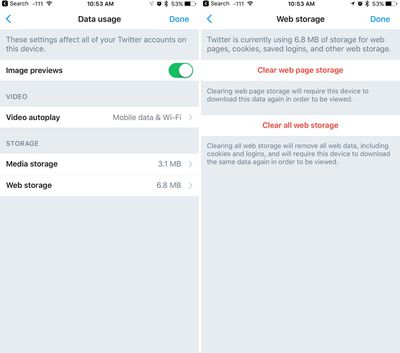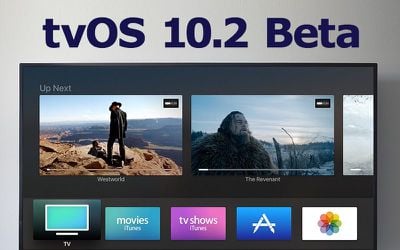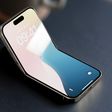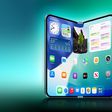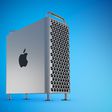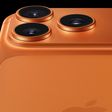Apple today updated its App Store with a major "Celebrating Indie Games" promotion that highlights a huge range of games created by independent developers and small app development companies.
Mushroom 11, a newly released puzzle platformer, is the main feature in the App Store right now, with Monument Valley, Device 6, Super Hexagon, Transistor, and Superbrothers: Sword & Sorcery also receiving top billing at the current time.
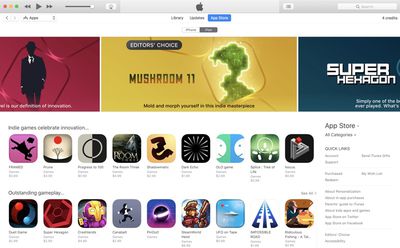
There are also a number of categories that have been updated with a selection of indie games, inclduing "Indie games celebrate innovation," "Outstanding gameplay," "Unforgettable stories" and "Incredible sound design."
According to our sister site TouchArcade, Apple's indie games promotion may be the reason some high profile indie titles are coming out over the course of the next few days, including Bit City, Typeshift, and Card Thief.
Most of the highlighted apps aren't on sale during this promotion, but it gives iOS gamers a way to find quality games that they may have missed.


